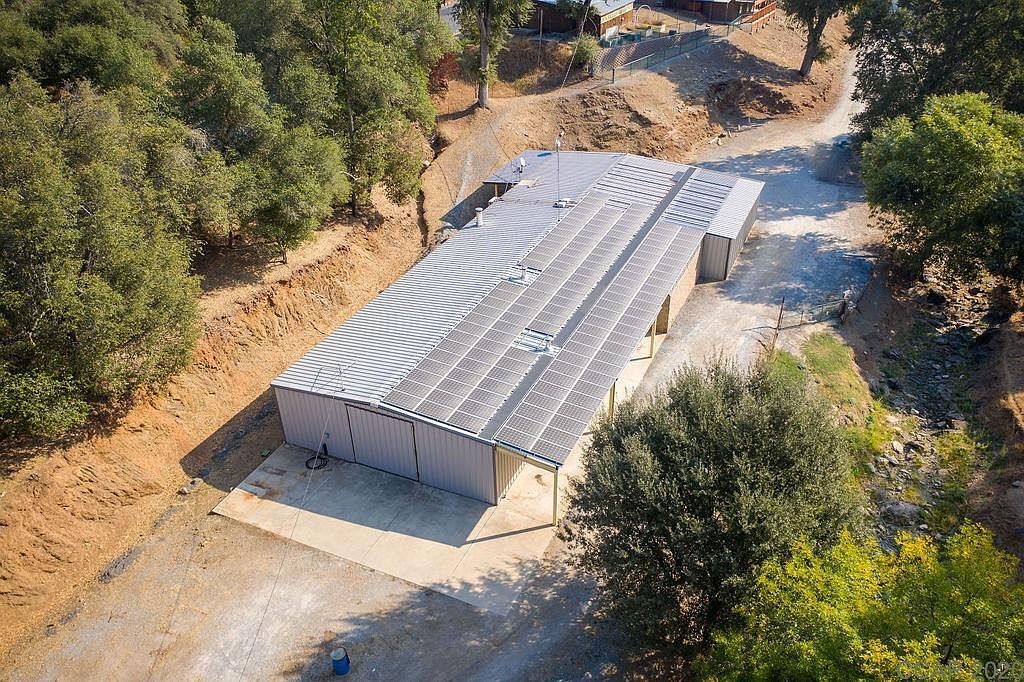Scottl
Diamond
- Joined
- Nov 3, 2013
- Location
- Eastern Massachusetts, USA
Thinking a bit about those generator failures I think I may have figured out a bit more. These were older models and as I recall all the guys who had failures were in construction. These days high quality jobsite saws are common but some years back a lot of guys were still using things like the Rockwell Delta builder's saws which have very high startup currents. The manual on mine warns of this and says not to use fast trip breakers or non heavy duty sources.
I'm sure Honda has improved the output stages after examining returned failed units and the jobsite saws are engineered to run off common generators so the issue wouldn't be as common today.
However, a quality conventional generator with adequate copper windings and good bearings is still going to be more reliable long term than a lightweight high-revving generator with semiconductors in the output path. There are some hybrid units on the market today that have conventional outlets for higher currents and also inverter outlets for equipment that is sensitive to voltage and frequency variations. During an outage you can also use a UPS between the generator and sensitive equipment to get the same effect. A unit like thermite's military surplus genset is about as bulletproof as you can get if it's maintained properly.
I'm sure Honda has improved the output stages after examining returned failed units and the jobsite saws are engineered to run off common generators so the issue wouldn't be as common today.
However, a quality conventional generator with adequate copper windings and good bearings is still going to be more reliable long term than a lightweight high-revving generator with semiconductors in the output path. There are some hybrid units on the market today that have conventional outlets for higher currents and also inverter outlets for equipment that is sensitive to voltage and frequency variations. During an outage you can also use a UPS between the generator and sensitive equipment to get the same effect. A unit like thermite's military surplus genset is about as bulletproof as you can get if it's maintained properly.
Last edited:



